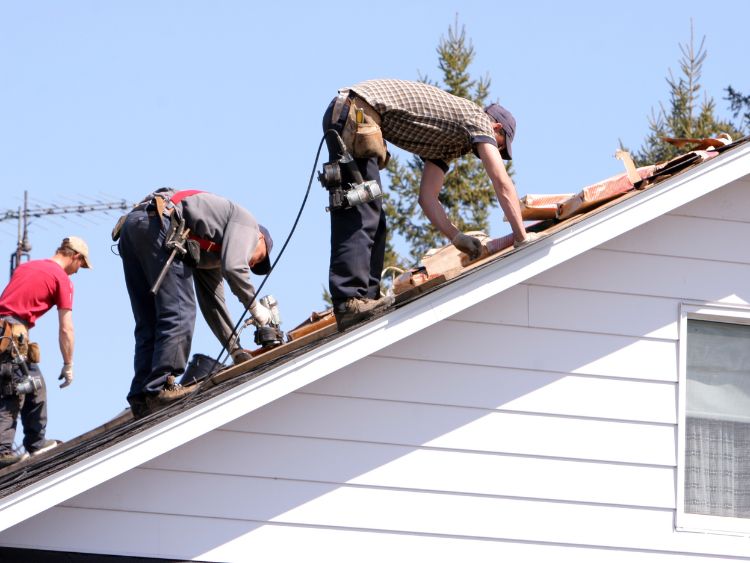Roof damage can strike at any moment, especially during the wrath of a storm or due to long-term wear and tear. Knowing how to handle an emergency roof repair can be the difference between a quick fix and extensive, costly damage to your home. This comprehensive guide will walk you through everything you need to know about handling unexpected roof repairs.
Imagine you’re relaxing at home during a heavy storm, and suddenly you hear the unnerving sound of water dripping. You look up to see a dark stain spreading across your ceiling — a clear sign that your roof has failed somewhere. Now, what do you do? First things first, don’t panic! We’ve got you covered with step-by-step advice on how to manage emergency roof repairs effectively.
What Constitutes an Emergency Roof Repair?
Before diving into the nuts and bolts, let’s define what qualifies as an emergency roof repair. This type of repair is crucial when the roof’s damage is significant enough to cause immediate leaks or potential structural damage to your home. Common causes include:
- Severe weather conditions like storms, hail, and heavy rains
- Fallen tree limbs or debris impact
- Fire damage
- Sudden, catastrophic roofing failure
Recognizing the severity of these situations will help you prioritize your actions to mitigate damage effectively.
Step-by-Step Guide to Managing Roof Damage
Assess the Situation
First off, assess the safety of your situation. If your safety is at risk, evacuate immediately and call for professional help. If it’s safe to remain, move to the next steps.
Control the Interior Damage
- Place buckets or containers under leaks: Collecting dripping water can prevent further damage to your floors and furniture.
- Cover valuables with plastic sheets: Protect your furniture and electronics from water damage.
Inspect the Roof Damage
Once the storm subsides, take a careful look at your roof for damage. Use binoculars if necessary. Look for missing shingles, exposed patches, or debris.
Call a Professional Roofing Contractor
For actual repairs, always call in the professionals. Roofing can be hazardous, and professional roofers have the skills and equipment necessary to do the job safely and effectively.
Preventive Measures and Maintenance Tips
While emergency repairs are sometimes inevitable, regular maintenance can significantly reduce the likelihood of unexpected repairs.
- Regular Inspections: Have your roof inspected by a professional at least twice a year.
- Trim Overhanging Branches: Reduce the risk of branches falling on your roof.
- Clean Your Gutters: Prevent water buildup that can cause roof damage.
FAQs on Emergency Roof Repair
What should I do immediately after noticing a leak?
Immediately place a bucket under the leak, move valuables away from the area, and contact a roofing professional.
How much does emergency roof repair cost?
Costs can vary widely based on the extent of the damage and your location. Minor repairs might range from $150 to $400, while major repairs could go into the thousands.
Can I do emergency repairs myself?
It’s advised to call professionals, especially in emergencies. However, if the situation requires immediate action, temporary solutions like using a tarp can be done by following proper safety measures.
How can I find a reliable roofing contractor?
Look for licensed, insured contractors with good reviews and ratings on reputable websites or get recommendations from friends and family.
Conclusion
Handling emergency roof repairs swiftly and efficiently is crucial for protecting your home from further damage. By understanding what to do when disaster strikes and taking preventive measures, you can ensure that your roof remains in good condition, saving you time and money in the long run. Remember, when it comes to your roof, being proactive is always better than reactive!
Crafting an article like this demands a keen eye for detail and an ability to produce engaging, unique content. By weaving together practical advice with reader-friendly formatting, we provide valuable information that helps homeowners manage the unexpected with confidence.



